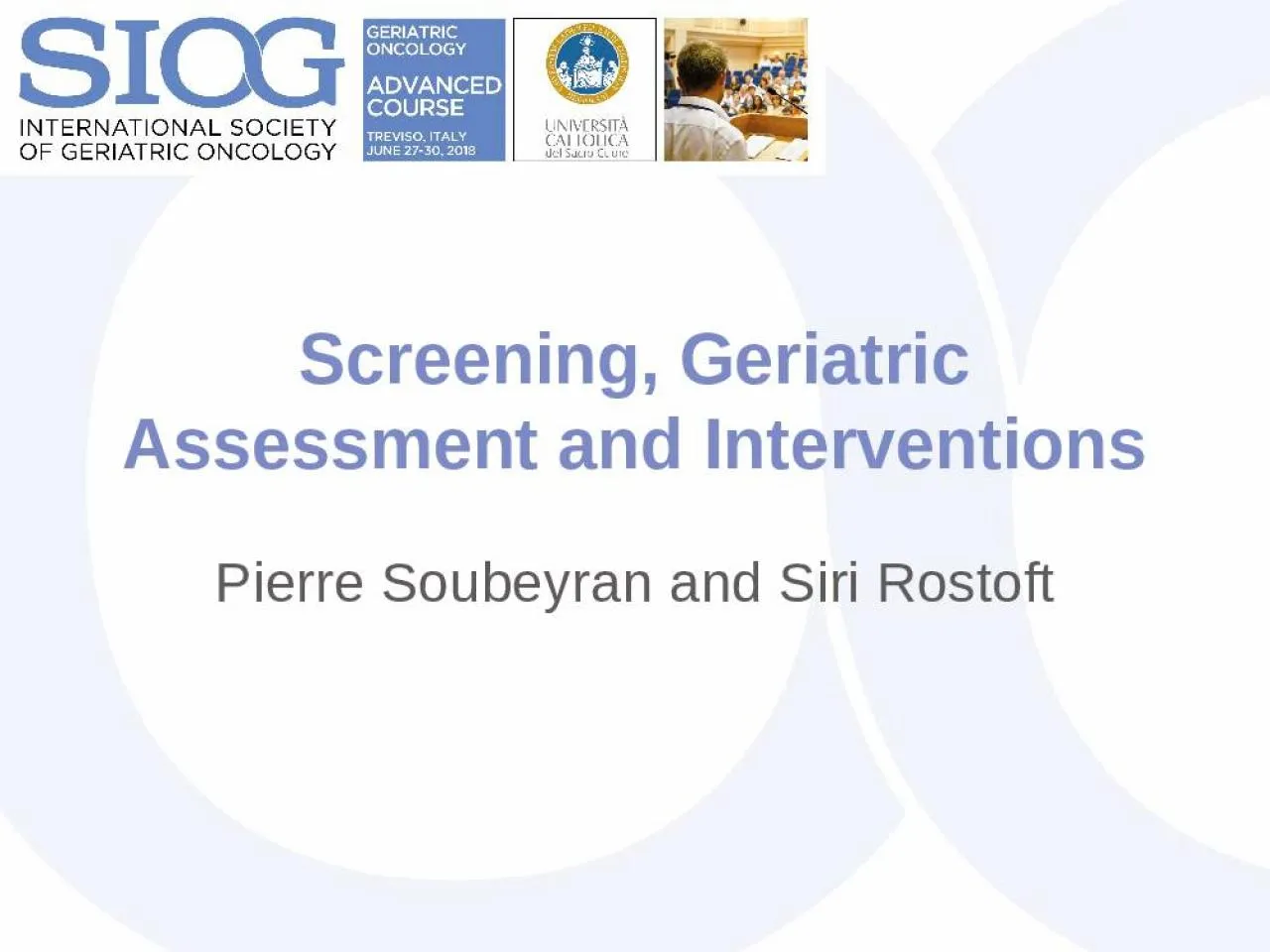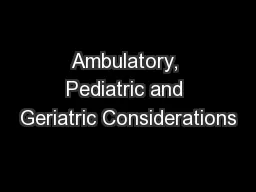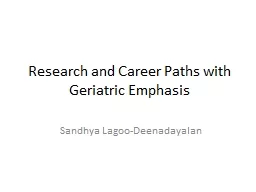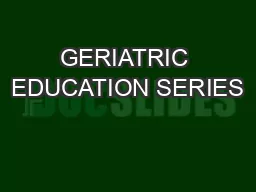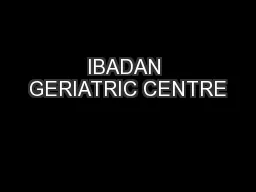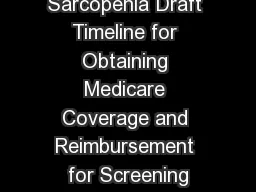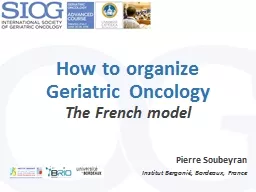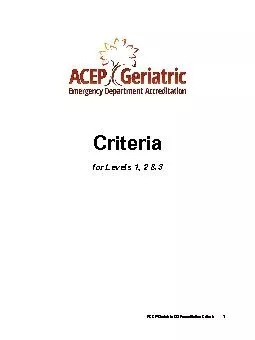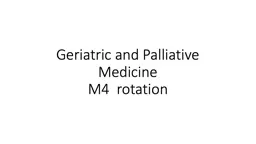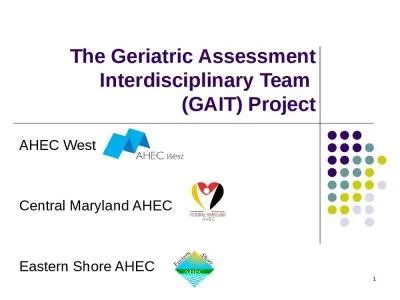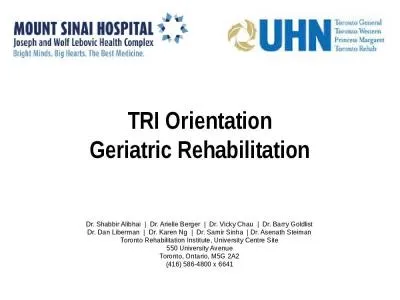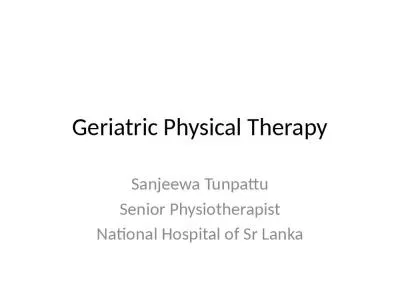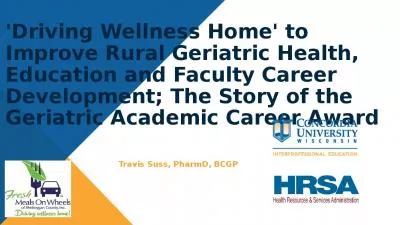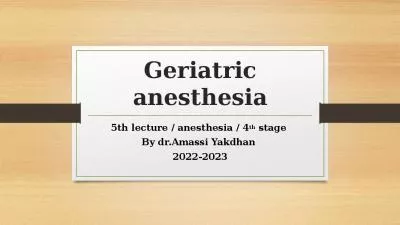PPT-Screening, Geriatric Assessment and Interventions
Author : layla | Published Date : 2022-04-07
Pierre Soubeyran and Siri Rostoft Disclosure Research SupportPI Roche TEVA Employee No relevant conflicts of interest to declare Consultant No relevant conflicts
Presentation Embed Code
Download Presentation
Download Presentation The PPT/PDF document "Screening, Geriatric Assessment and Inte..." is the property of its rightful owner. Permission is granted to download and print the materials on this website for personal, non-commercial use only, and to display it on your personal computer provided you do not modify the materials and that you retain all copyright notices contained in the materials. By downloading content from our website, you accept the terms of this agreement.
Screening, Geriatric Assessment and Interventions: Transcript
Download Rules Of Document
"Screening, Geriatric Assessment and Interventions"The content belongs to its owner. You may download and print it for personal use, without modification, and keep all copyright notices. By downloading, you agree to these terms.
Related Documents

